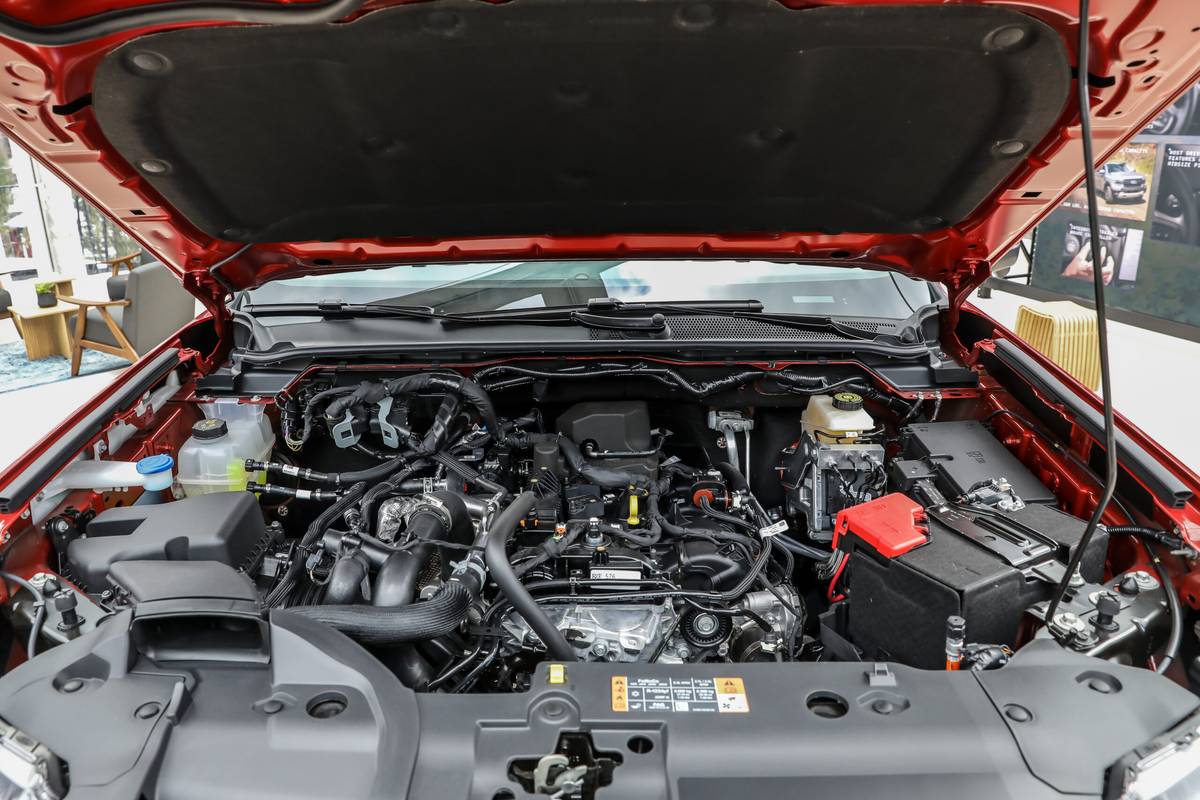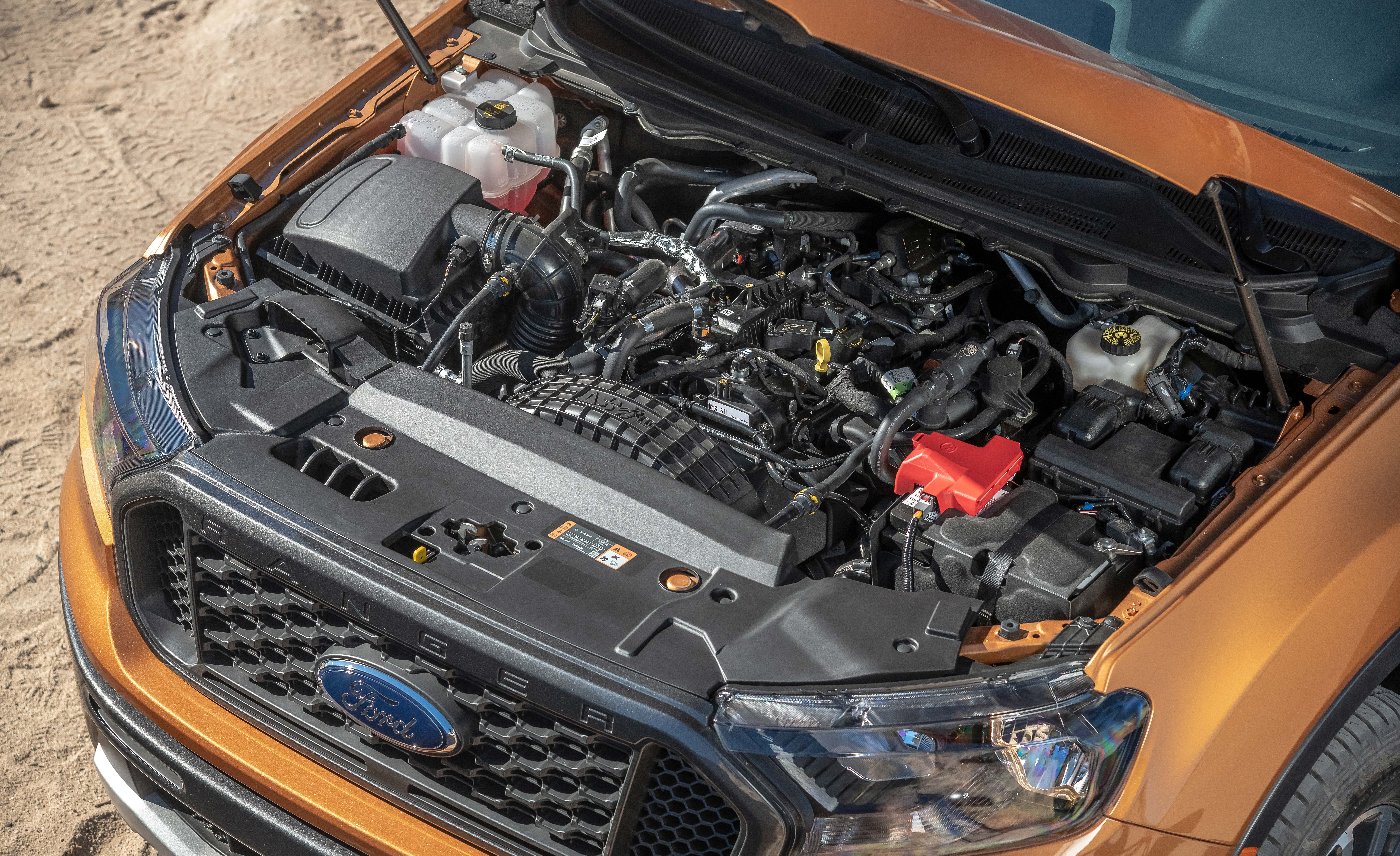Why the 2.2 Ford Ranger Engine Is a Popular Choice for Rugged and Reliable Performance
Why the 2.2 Ford Ranger Engine Is a Popular Choice for Rugged and Reliable Performance
Blog Article
Recognizing the Basics of Cars And Truck Engines: Features, kinds, and functions

Introduction of Automobile Engines
An auto engine works as the heart of a car, transforming fuel into mechanical energy to drive it forward. This complex system makes up various parts that operate in unison to make sure optimal performance and effectiveness. The fundamental operation of a car engine involves the internal burning process, in which fuel and air are blended, fired up, and removed to produce power.
The engine's layout can substantially affect its efficiency, fuel efficiency, and discharges. Trick components include the cylinder block, pistons, crankshaft, and camshaft, each playing a crucial role in the engine's general feature.
Along with these parts, engines usually make use of different systems such as fuel shot, ignition, and cooling systems to enhance efficiency and long life. Comprehending the basic technicians of automobile engines is important for diagnosing issues and executing maintenance, inevitably adding to the automobile's reliability and performance with time.

Sorts Of Auto Engines
Car engines can be categorized into a number of kinds based upon their style, gas kind, and functional principles. 2.2 ford ranger engine. One of the most usual classifications consist of internal combustion engines (ICE), electrical engines, and crossbreed engines
Inner burning engines, which can be additional divided into gasoline and diesel motor, run by firing up a fuel-air combination to generate power. Gas engines are commonly lighter and smoother, while diesel engines are much more fuel-efficient and deal higher torque.
Electric engines use electric power saved in batteries to power an electric motor, supplying instantaneous torque and no exhausts during operation. As innovation advancements, electrical automobiles (EVs) are progressively becoming preferred for their ecological advantages and lower running prices.
Crossbreed engines integrate elements of both interior combustion and electric engines, enabling flexible source of power and boosted gas performance. They can run in different settings, utilizing either the gasoline engine, the electric motor, or both simultaneously.
Each kind of engine has distinct advantages and disadvantages, affecting their application in different automobile kinds and market sections, from portable automobiles to sturdy vehicles. Recognizing these kinds is necessary for making informed decisions concerning vehicle selection and efficiency assumptions.
Engine Functions Explained
Understanding engine features is vital for realizing exactly how automobiles run successfully. At the core of any kind of interior burning engine lies the fundamental process of transforming gas right into mechanical energy.
The ignition takes place next, sparking the mixture and developing a fast expansion of gases. This force drives the piston down during the power stroke, which ultimately translates right into the rotational movement of the crankshaft. The exhaust stroke then removes the spent gases from the chamber, giving way for a new cycle to begin.
In enhancement to these key functions, engines additionally integrate systems that manage air conditioning and lubrication, guaranteeing ideal functional temperature levels and minimizing rubbing between relocating parts. This complex interplay of functions allows the engine to generate the power needed for car propulsion while maintaining effectiveness and integrity. Recognizing these functions offers beneficial insight right into the intricacies of auto design and boosts the capability to identify and attend to engine-related issues efficiently.
Secret Engine Attributes
Engine layout incorporates numerous essential functions that dramatically influence performance, performance, and longevity. Among the most important facets is the engine configuration, which includes inline, V-type, and flat layouts. Each setup impacts the engine's equilibrium, size, and power output, thereby influencing total vehicle characteristics.
One more necessary feature is the engine variation, describing the overall quantity of all cylinders. Larger displacements generally produce even more power however may endanger fuel efficiency. Engine products likewise play a pivotal duty; high-strength and lightweight materials, such as aluminum and magnesium alloys, improve efficiency without including extreme weight.
The sort of fuel injection system used-- such as direct or multi-port injection-- affects burning performance and discharges. Turbocharging and turbo charging are attributes that enhance engine efficiency by compeling extra air into the combustion chamber, boosting power result without considerably increasing engine size.
Lastly, the visibility of sophisticated engine management systems enhances fuel-air blend and ignition timing, adding to smoother procedure and better fuel economic climate. Collectively, these features specify an engine's capacities, setting the structure for its efficiency and long life in a competitive auto landscape.
Upkeep Tips for Engines
Proper engine maintenance is important for making sure optimal efficiency and long life, as disregarding regular care can lead to significant problems down the line. To maintain your engine efficiently, start with normal oil changes, commonly every 3,000 to 7,500 miles, depending click now upon the kind of oil utilized. Fresh oil lubes engine elements, minimizing rubbing and wear.
Furthermore, monitoring coolant levels is essential to stop overheating. Ensure that the coolant is topped up and remains in excellent condition to maintain efficient temperature regulation. Routinely examine and replace air and fuel filters, as clogged filters can hinder air movement and fuel delivery, jeopardizing engine efficiency.
Moreover, take note of ignition system and ignition systems. Used or damaged spark plugs can cause misfiring and decreased efficiency. Examining the battery terminals and connections for corrosion is additionally vital, as a weak battery can influence engine beginning.

Final Thought
In summary, a comprehensive understanding of auto engines incorporates different kinds, functions, and vital attributes that significantly affect automobile performance. Inner combustion engines, along with electrical and hybrid alternatives, show diverse devices for energy conversion. 2.2 ford ranger engine. Identifying the necessary functions, such as intake and exhaust cycles, together with essential engine features like arrangement and fuel shot systems, furnishes vehicle proprietors with the knowledge essential for effective upkeep and procedure, ultimately improving lorry longevity and performance
A car engine offers as the heart of a lorry, converting gas right into mechanical power to move it forward. The essential procedure of a car index engine entails the inner combustion procedure, in which fuel and air are blended, sparked, and gotten rid of to create power.
On a regular basis examine and replace air and fuel filters, as stopped up filters can impede air flow and gas distribution, jeopardizing engine performance. - 2.2 ford ranger engine
In recap, a detailed understanding of auto engines incorporates different kinds, features, and vital attributes that considerably affect automobile performance. Acknowledging the important functions, such as consumption and exhaust cycles, along with essential engine functions like configuration and gas injection systems, gears up car owners with the knowledge required for effective upkeep and operation, Get the facts inevitably improving automobile durability and performance.
Report this page